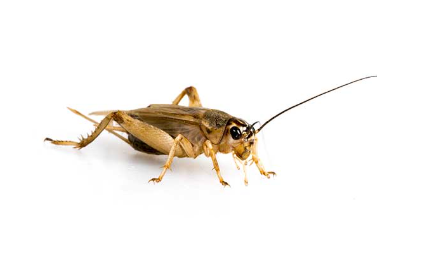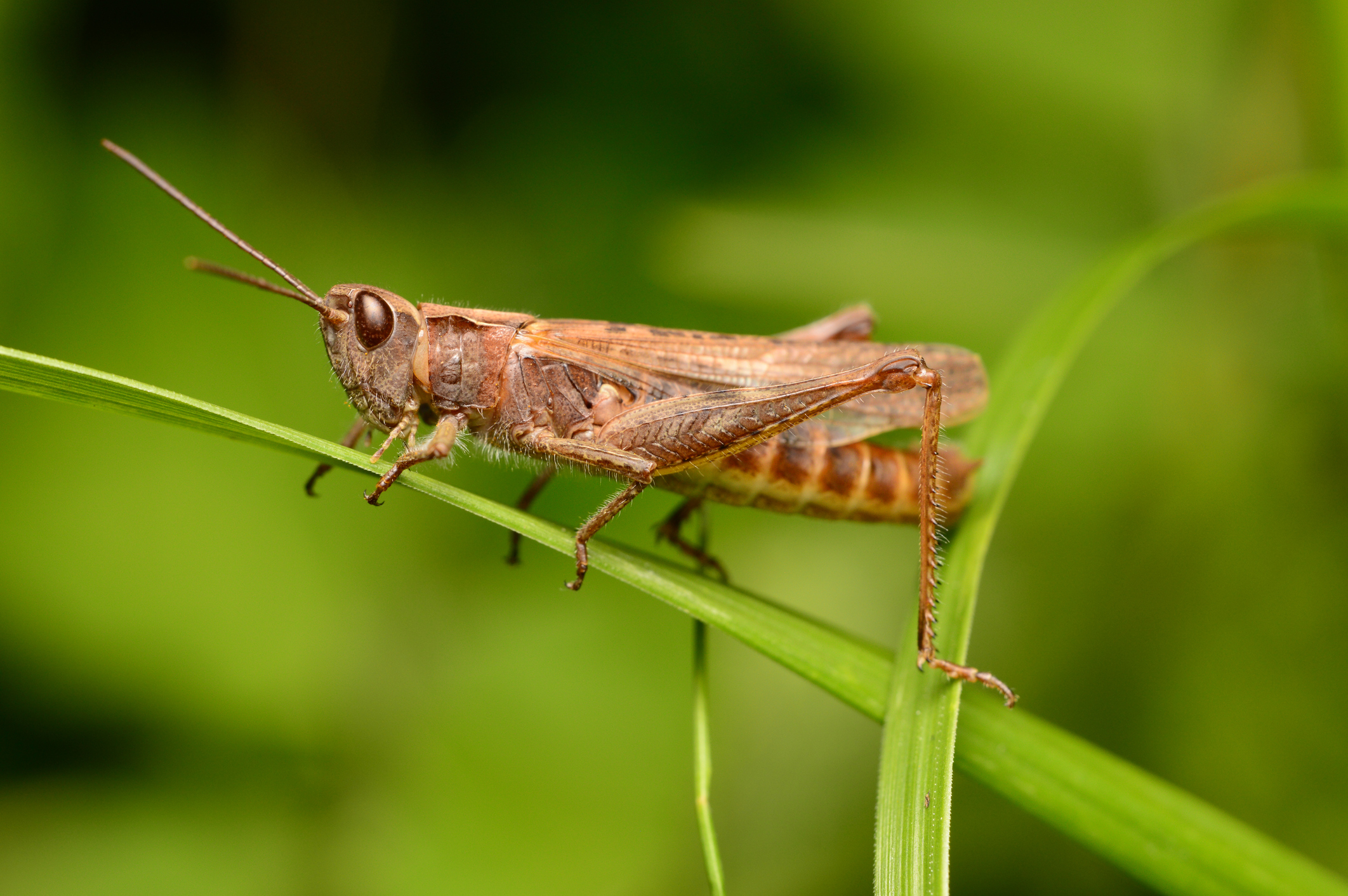(913) 232-8016
Kansas City
(816) 293-2727
St. Joseph
Kansas City
St. Joseph
At Pete’s Pest Control, we understand the habits and behavior of the most common cricket species in our region, including house crickets and field crickets. Their populations can grow quickly, especially during late summer and fall, and once they find their way indoors, they can be difficult to eliminate without the right approach.
Our team provides effective, family-friendly treatments designed to reduce existing cricket activity and prevent new ones from entering your home.
If you’re hearing chirping at night or noticing crickets around your foundation, we’re here to help. Let us take care of the pests—so you can enjoy a peaceful home again.

AKA “cave crickets”/”spider crickets”/”sprickets” are not true crickets, but they resemble common house crickets. They are usually seen in basements or garages as they are attracted to damp, dark areas. They don’t bite or sting, but they jump up to 3 feet high and make a loud clicking sound when they do. Unlike true crickets, they do not have wings or chirp.
Camel crickets primarily eat plant debris, but may eat some paper products. They are much less destructive than house crickets.

House and field crickets are less commonly found inside, but may wander in on accident through open doors, windows, or other entry points. Male field crickets will rub their wings together to produce the classic cricket chirp. Both will feed on wool, silk, other fabrics and paper products.

Crickets can be effectively controlled with a thorough exterior treatment around the home. If you’re experiencing activity indoors, targeted interior treatments can help eliminate them quickly and prevent future issues.
To help prevent future cricket issues, we offer ongoing protection plans. Our Silver and Gold Plans include continued monitoring and treatment to keep infestations under control. We’ll also share tips on maintaining an cricket-free environment and keeping your pets safe.


© 2025 Pete’s Pest Control—All rights reserved—Privacy Policy